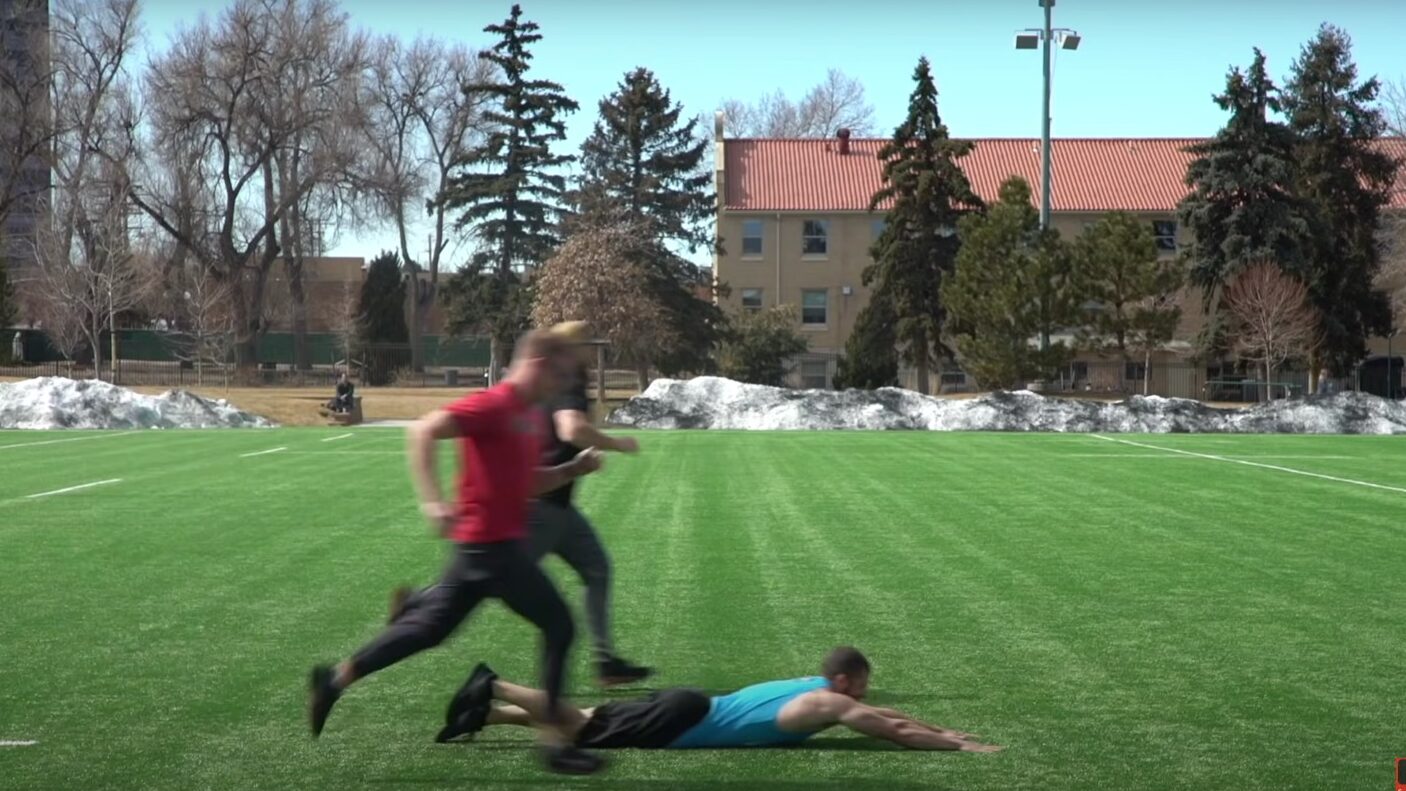Are you ready to master the art of shuttle runs in CrossFit? In this article, we're going to dive into the ultimate strategy guide for shuttle runs. Whether you're a seasoned CrossFit athlete or just starting out, understanding the key elements of shuttle runs and how to optimize your performance can make a significant difference in your workouts. So, let's get started!
What is a Shuttle Run?
Before we delve into the strategy, let's take a moment to understand what the shuttle run actually entails. In CrossFit, the shuttle run involves running between two points: point A and point B.
You start at point A, sprint to point B, touch the ground with both feet and one hand, then quickly turn around and run back to point A. In CrossFit, going from A to B and back to A counts as one rep.
The distance covered in each shuttle run is 25 feet, with 25 feet for the outward sprint and another 25 feet for the return sprint, making it a total of 50 feet. It's important to note that during the turn, you must have three points of contact with the ground: both feet and one hand.
How to Pace Shuttle Runs
Now that we have a clear understanding of what shuttle runs entail, let's discuss the strategy behind pacing yourself effectively. The first thing to consider is whether you lean more towards an aerobic or anaerobic style of running, as it will determine how hard you should push yourself during each shuttle.
Assuming you know the workout and have a desired pace in mind, it's essential to use the clock to your advantage. Just like using a watch while biking or running to monitor your pace, you can utilize the clock for the shuttle run. Determine how many reps you want to complete per minute and calculate your pacing accordingly.
For instance, if your goal is to achieve 10 reps per minute, you should aim to complete each down-and-back run in approximately six seconds. By using the clock, you can stay on track and maintain your desired pace throughout the workout.

The Number of Steps You Should Take
Another crucial factor to consider in your shuttle run strategy is the number of steps you should take. Generally, for males, it's around seven to eight steps, accounting for a slight stutter step during the turns. Females, on the other hand, typically take around nine steps. It's important to find the right balance and not exceed this range, as shuffling your feet during the turns can hinder your speed and efficiency.
Mastering the Turns
Now, let's talk about the most crucial part of the shuttle run: the turns. Your ability to execute effective turns can greatly impact your overall performance. A well-executed turn allows you to maintain an athletic position, retain a long stride length, and quickly build momentum, similar to a touch-and-go deadlift.
Picture this: if you come to a complete stop, bring your feet together, and bend over like touching your toes during the turn, you'll lose valuable momentum and have to start from scratch.
However, if you can keep your stride length long, perform a quick turn while maintaining an athletic stance (feet slightly turned, shoulder-width apart or hip-width apart), and touch the ground swiftly, you can seamlessly transition into the next stride and maintain your pace.
In Summary
To summarize, the ultimate strategy for shuttle runs in CrossFit revolves around three key aspects: determining your pace, counting your steps to maintain that pace, and executing effective turns.
Your pace should align with the specific aerobic or anaerobic effort required, and your steps should fall within the optimal range of 7 to 9 steps.
Finally, the turns play a vital role in maintaining momentum, so remember to turn over the lead foot, retain your stride length, and change direction swiftly.
By incorporating these strategies into your shuttle run workouts, you'll be well-equipped to optimize your performance and achieve your fitness goals in CrossFit. So, lace up your shoes, hit the track, and give it your all in your next shuttle run session. Happy running!
